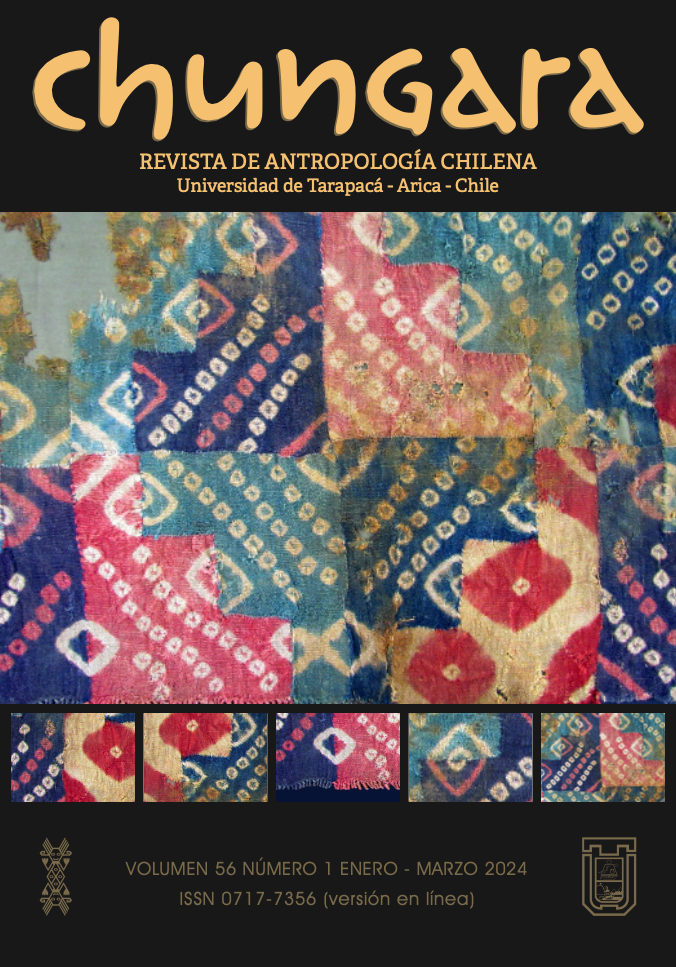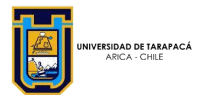NEGOTIATING DISTINCTIONS. AN ETHNOGRAPHY ON GENDER AND CARE IN AN EMBROIDERY WORKSHOP FOR ELDERLY LADIES IN PROVIDENCIA (CHILE)
NEGOCIAR LAS DISTINCIONES. UNA ETNOGRAFÍA SOBRE GÉNERO Y CUIDADOS EN UN TALLER DE BORDADOS PARA SEÑORAS MAYORES EN PROVIDENCIA (CHILE)
Herminia Gonzálvez Torralbo, Sofia Larrazabal Bustamante and Menara Guizardi
The article presents an ethnographic case study carried out between 2016 and 2017 with elderly women who participated in weaving and embroidery classes in a community center in the district of Providencia (Metropolitan Region, Chile). The research investigated practices, knowledge, and meanings articulated through care relationships among women from medium and high social strata. We aim to understand how aging was experiencied by these women of Providencia, inquiring the strategies they developed at the community, personal, and family level to face the challenges and possibilities of aging. To address the results of our research, we will start by describing, in the second section, the research methodology, and then, in the third section, we will synthesize the debates on gender and aging in the social sciences. The fourth section describes the sociodemographic, economic and public policy aspects of Providencia regarding its elderly population. The fifth and sixth sections further explore our ethnographic feminist experience, detailing the narratives of the women regarding care, and the political articulations that permeate their lives. We conclude with reflections based on the ethnographic data, and wich expand some of specific contributions of the current theoretical debates.







